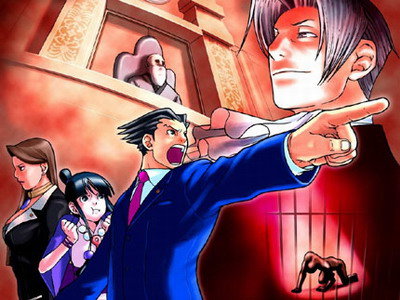Last time I talked about the new Japanese “lay jury” system, which aims to have citizen jurors take part in the process of judging and sentencing serious crimes. This is quite an alien concept for Japanese, who have only 120 years of history as a Constitutionally-founded nation and no existing tradition of a trial by a “jury of one’s peers.” I mentioned that the conviction rate for criminal trials is over 99%, which compares to around 85% of in the U.S., and I received some questions about how this could be so high. First of all, it’s considered an extremely serious offense to charge someone with a crime without being sure of his guilt, and it often takes Japanese prosecutors weeks or even months to bring formal charges in crimes while they sift through evidence and make sure they’re not making a mistake. For example, it took several months for Aum Shinrikyo cult leader Shoko Asahara to be officially charged and arrested, despite his clear involvement in the 1995 subway nerve gas attacks and murder of a lawyer named Sakamoto and his family. The Japanese legal system is focused on getting suspects to confess their crimes, which is seen as the first step in rehabilitation, and police sometimes try so hard to their man to come clean that they end up with confessions by innocent people — ack. Another big reason for the high rate of guilty verdicts is that there are a lot fewer resources in Japan for prosecuting crimes, which means that prosecutors must choose their strongest cases and decline to take action in situations where evidence is lacking, which inflates the numbers. Hopefully the various reforms the government is putting into place now, which include increasing the number of lawyers in Japan, will improve things in the future.
















